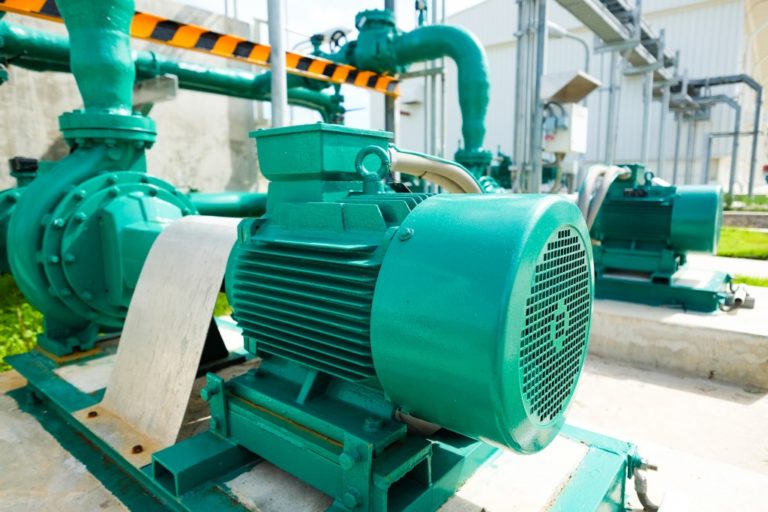Preventive maintenance is the best way to keep a centrifugal pump running without a hitch. However, some issues may sometimes be unavoidable. And when problems occur, it can mean productivity loss or interruption in operation for your business.
To prevent problems from getting worse, look out for the following signs that your centrifugal pump is in need of repair or replacement:
1. Pump won’t start
The first thing you should check when your pump won’t start is if the fuse has blown or if the circuit breaker tripped. If that’s not the case, check for loose wiring in the electrical panel. Pump still won’t start? You may want to bring in the maintenance staff to see if there is anything blocking the pump from rotating.
2. Leakage
When there is too much pressure, corrosion, or temperature in the pump, it can cause fluids to escape from loosened joints and seals. If this happens to your pump, you need to fix the leak immediately by tightening the joints or replacing the seals or gaskets. Ignoring the problem can cause further corrosion and malfunction of the internal pump parts.
3. Reduced flow
If you notice that the fluid flow in the pump is not up to par or it’s taking too long for the machine to pump fluid, you may be looking at any of the following causes:
- Incorrect impeller rotation
- A leaking gasket
- An open bypass valve
- Worn or damaged impeller, wear plate, or worn-out ring
- Blockage in impeller, discharge line, or pump inlet

4. Strange noises and vibrations
When you start hearing unusual noises from your pump, it’s probably a good idea to find out what’s causing it. Usually, strange noises are caused by foreign objects inside the pump or failed bearings.
If the strange rattling noises are accompanied by vibration, then your pump may be experiencing cavitation. Cavitation can cause strong shockwaves inside the pump and lead to significant damage inside and outside of the machine. Thus, when you hear strange noises and feel strong vibrations coming from the pump, it’s best to have it repaired immediately to prevent further damage.
5. Overheating
A centrifugal pump should not feel hot to the touch, and when it is in such a state, there might be something clogging your pump.
Usually, blockages are found in the recirculation port, the suction strainer, the air release line, the open-ended discharge line, or the valve. When left ignored, the clogs can make the pump overheat, and thus reduce the flow of fluid inside the pump.
6. Slow re-priming
If a pump is taking too long to re-prime, then there might be something wrong with it. The usual cause of slow re-priming is improper impeller clearance (which can lead to overheating), but there are also other possible causes, such as clogged a recirculation port, a leaking gasket, or a worn-out volute, among many others.
Applying band-aid solutions to malfunctioning gaskets is just as worse as ignoring them in the first place. So, when you see these signs of a malfunctioning pump, the best choice is to have it repaired or replaced immediately to minimize disruption to your operations.



